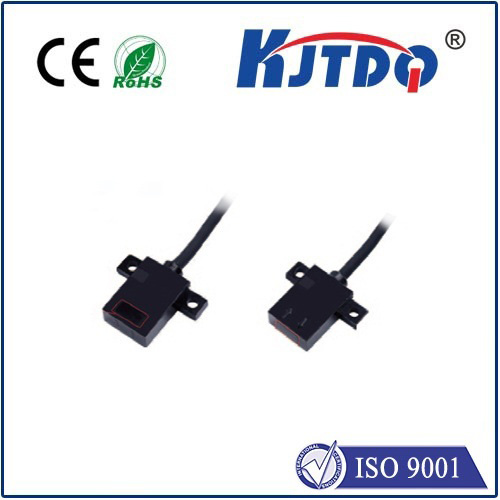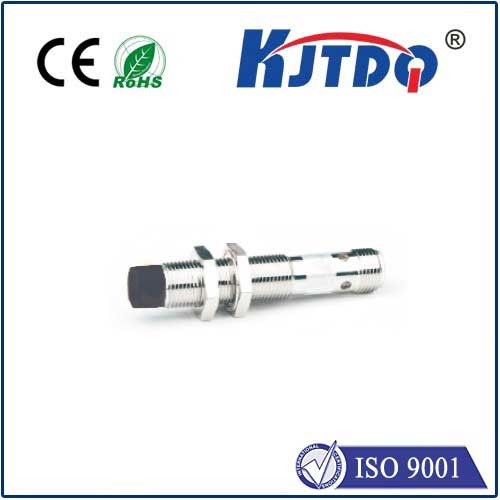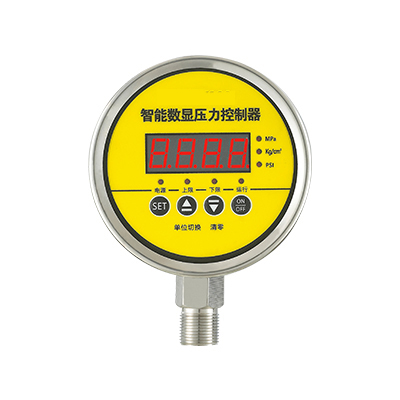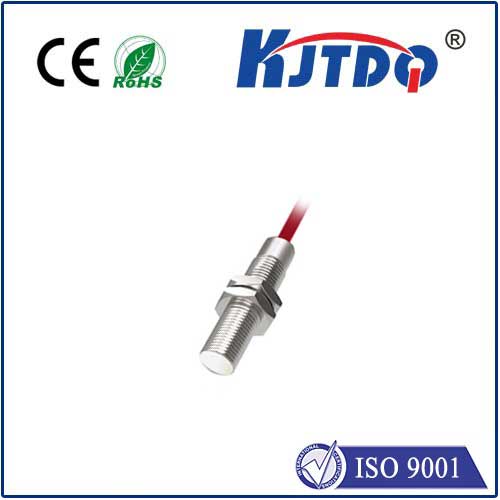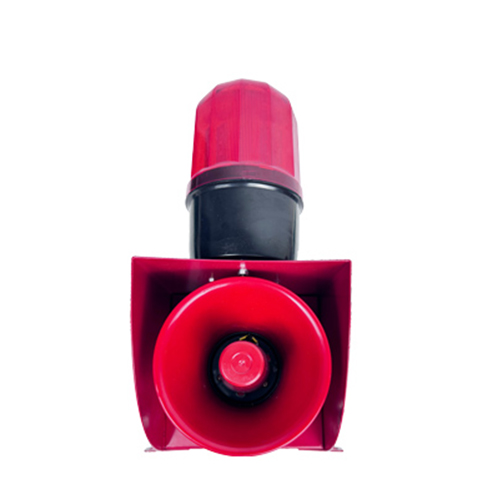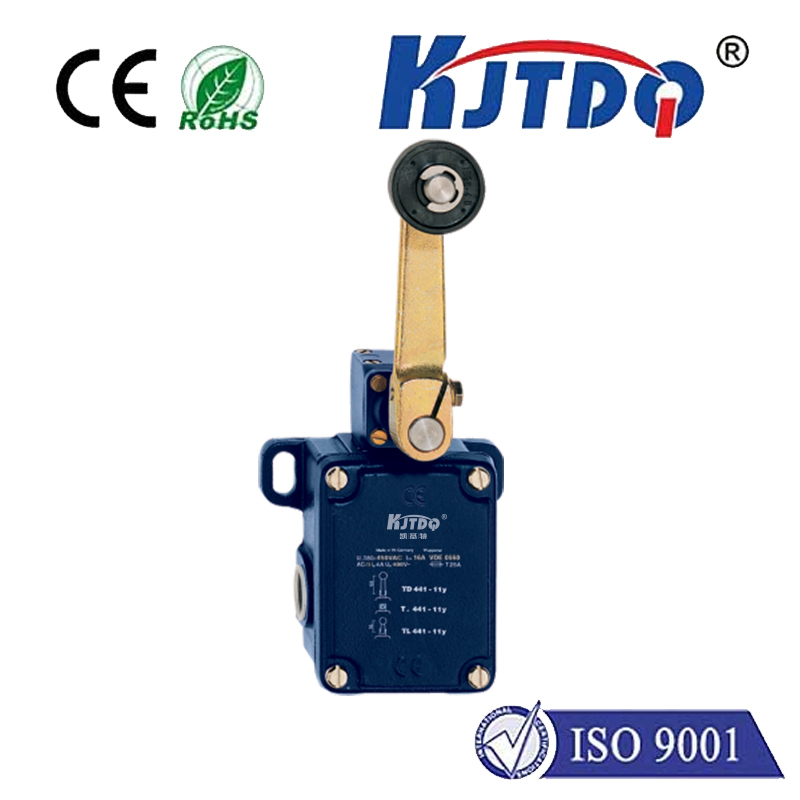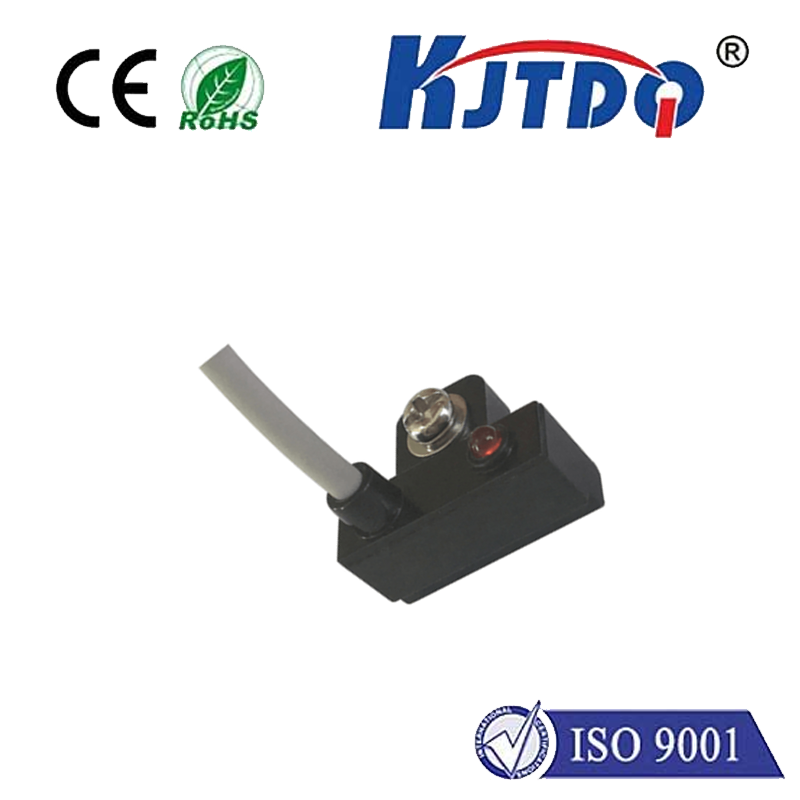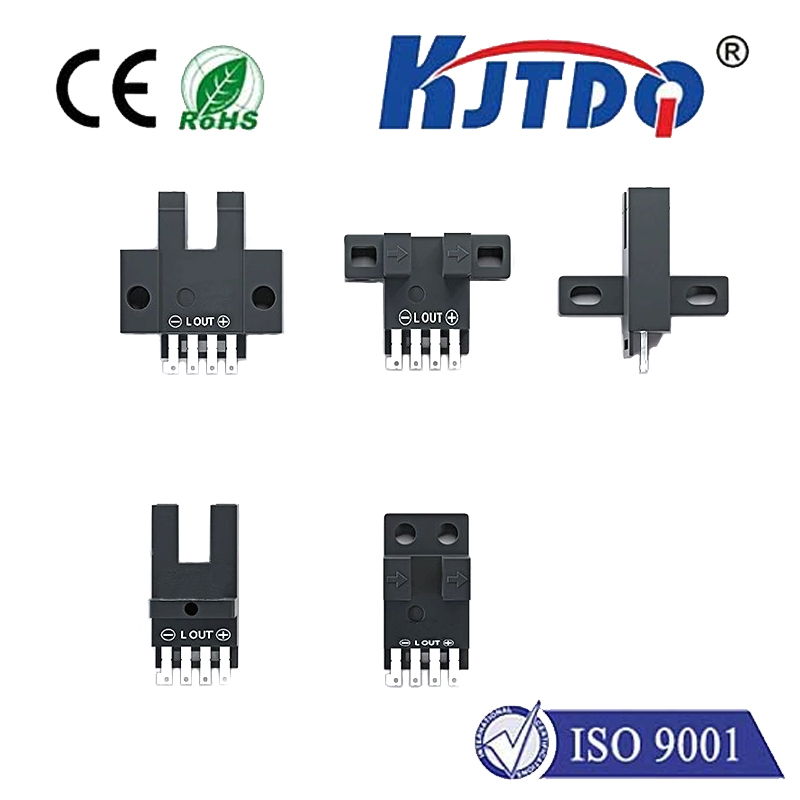Датчик приближения TOF
- time:2025-07-18 08:11:27
- Нажмите:0
Unlocking Precision: How ToF Proximity Sensors Revolutionize Distance Measurement
Imagine a smartphone that instinctively knows to turn off its display when held to your ear, a robot arm seamlessly stopping millimeters before a fragile object, or a drone hovering perfectly still above uneven ground. This isn’t magic; it’s the remarkable capability unlocked by Time-of-Flight (ToF) proximity sensors. These sophisticated devices represent a leap forward in distance measurement, offering unprecedented accuracy, speed, and versatility across a dizzying array of modern applications.
At its core, a ToF proximity sensor operates on a brilliantly simple, yet profoundly effective, physical principle. It emits a controlled pulse of light, typically infrared or laser light invisible to the human eye. This light travels outward, hits a target object, and bounces back towards the sensor. The sensor’s sophisticated circuitry, often a specialized photodetector array, precisely measures the incredibly short time interval (ΔT) between emitting the light pulse and receiving its reflection. Since the speed of light © is a constant in a vacuum (approximately 3x10^8 m/s), the distance (d) to the target is calculated using the fundamental equation: d = (c * ΔT) / 2. The division by 2 accounts for the light traveling to the object and back.
Why ToF Stands Out: Advantages Over Traditional Proximity Sensing
Compared to older technologies like ultrasonic sensors or simple infrared reflectance sensors, ToF proximity sensors offer compelling benefits:
- Exceptional Accuracy and Resolution: Capable of achieving sub-millimeter resolution in optimized conditions, ToF sensors provide highly reliable distance readings. This precision is crucial for applications demanding fine control.
- Longer Range Capabilities: While operating ranges vary significantly depending on emitter power and optics, ToF sensors can effectively measure distances from centimeters up to several meters, far exceeding the practical range of many simple IR proximity sensors.
- Lightning-Fast Response: Distance calculations occur in microseconds or even nanoseconds. This high-speed operation is vital for real-time applications like robotics collision avoidance or gesture recognition, where immediate feedback is non-negotiable.
- Immunity to Ambient Factors: ToF sensors primarily measure time, not the intensity of reflected light (unlike basic IR sensors). This makes their readings generally less susceptible to variations in target color, texture, reflectivity, or moderate levels of ambient light interference (though very bright, direct sunlight can pose challenges).
- No Moving Parts: Solid-state design ensures robustness, reliability, and longevity, making them ideal for demanding environments. There are no mechanical components to wear out.
- Compact Size: Modern ToF sensor modules are incredibly small, facilitating their integration into consumer electronics like smartphones, tablets, and VR headsets. This miniaturization trend continues to accelerate.
- True Distance Output: Unlike basic proximity sensors that only indicate the presence of an object within a vaguely defined zone, ToF sensors provide an absolute distance measurement. This rich data enables much more sophisticated interactions and control systems.
Where You’ll Find ToF Proximity Sensors: Powering Modern Innovation
The unique blend of speed, accuracy, and compactness makes ToF proximity sensors indispensable in numerous sectors:
- Consumer Electronics: Enabling automatic screen on/off in smartphones and tablets when held near the ear or face; enhancing camera autofocus speed, especially in low-light conditions; enabling gesture control interfaces; powering immersive 3D facial recognition for secure unlocking and augmented reality/virtual reality (AR/VR) experiences; facilitating object scanning.
- Промышленная автоматизация: Essential for collision avoidance in robotic arms and mobile robots (AGVs/AMRs); used for precise object detection, positioning, and counting on high-speed assembly lines; monitoring bin/silo levels; ensuring worker safety by defining virtual safety zones around hazardous machinery. Their reliability and precision are key here.
- Automotive: Integral to Advanced Driver-Assistance Systems (ADAS) like blind-spot monitoring, automatic emergency braking (AEB), park assist systems, and occupancy sensing for advanced airbag deployment. They contribute significantly towards autonomous vehicle development.
- Drones and Robotics: Providing critical altitude hold information for stable flight; enabling autonomous drone landing; offering precise obstacle detection and navigation for robots operating in complex environments. Fast response is critical for safety.
- Smart Home and Building Automation: Detecting presence for automatic lighting control; optimizing HVAC airflow; enabling touchless faucet and toilet operation; providing occupancy data for security and energy management systems.
- Здравоохранение: Used in patient monitoring systems, touchless interfaces in sterile environments, and assistive devices.
Considerations and the Road Ahead
Like any technology, ToF proximity sensors have considerations. Performance can be affected by highly reflective surfaces causing secondary echoes (multipath interference) or very dark, matte surfaces absorbing most of the emitted light. Extremely intense ambient light (e.g., direct sunlight) can sometimes saturate the sensor’s detector. However, sophisticated signal processing algorithms (like multi-pulse averaging) and optical filtering are constantly mitigating these issues.
The future for ToF sensor technology is exceptionally bright. We’re witnessing continuous advancements in miniaturization, pushing sensor sizes even smaller. Power consumption is decreasing, making them viable for battery-powered IoT devices. Integration with Artificial Intelligence (AI) and Machine Learning (ML) is unlocking new capabilities beyond simple distance measurement, such as detailed 3D mapping, advanced gesture interpretation, and sophisticated scene understanding. Cost reductions are also making high-performance ToF sensors accessible for a wider range of applications.
From the smartphone in your pocket to the robots building our future, ToF proximity sensors are quietly and accurately measuring the world around them. By mastering the fundamental physics of light travel time, these ingenious devices deliver the precision, speed, and reliability that modern technology demands, proving that sometimes, the simplest ideas – measured in billionths of a second – can have the most profound impact.
